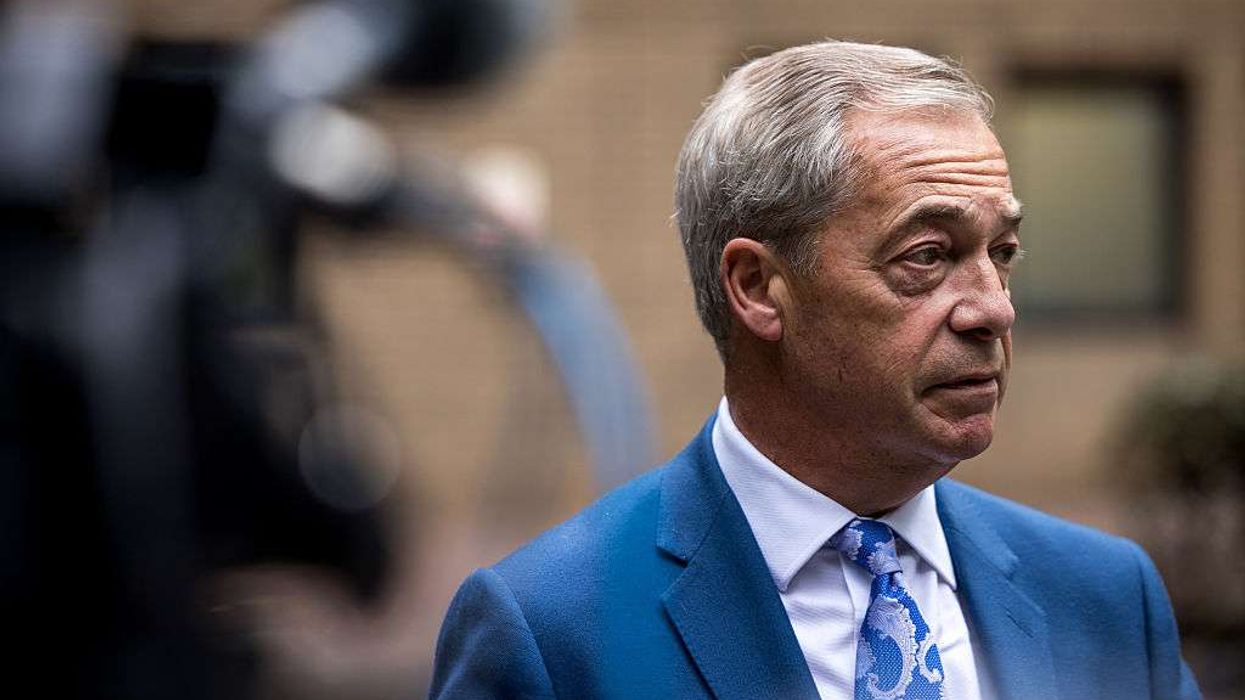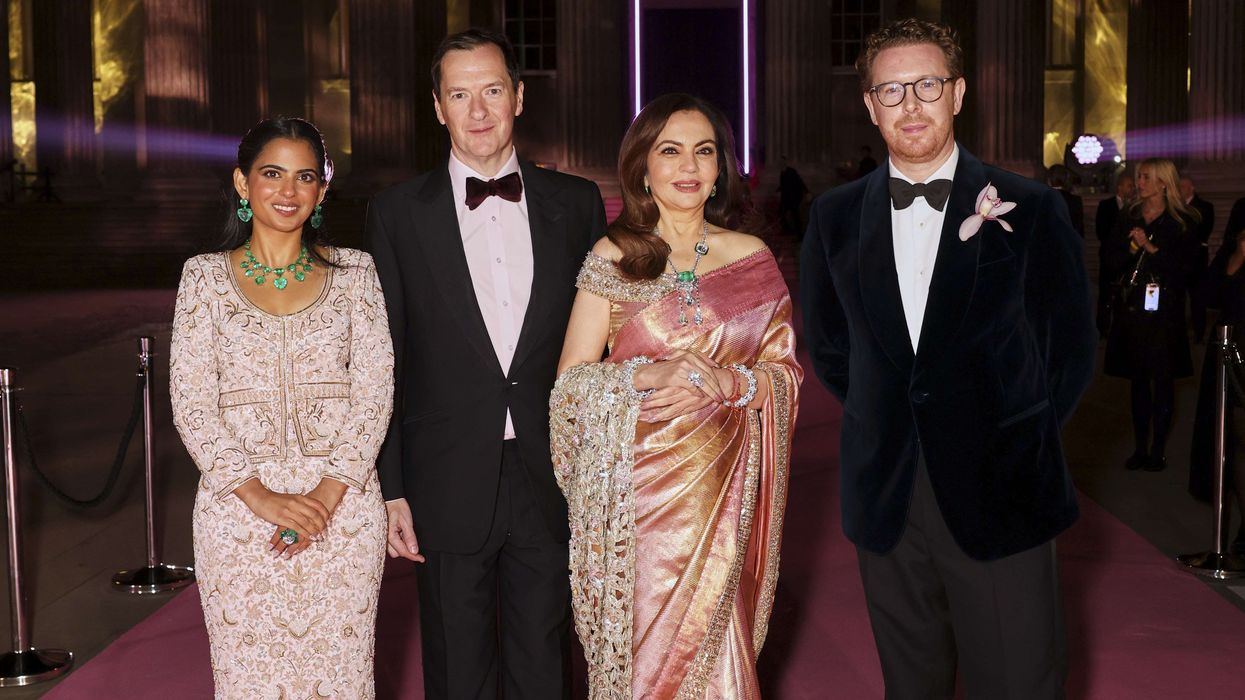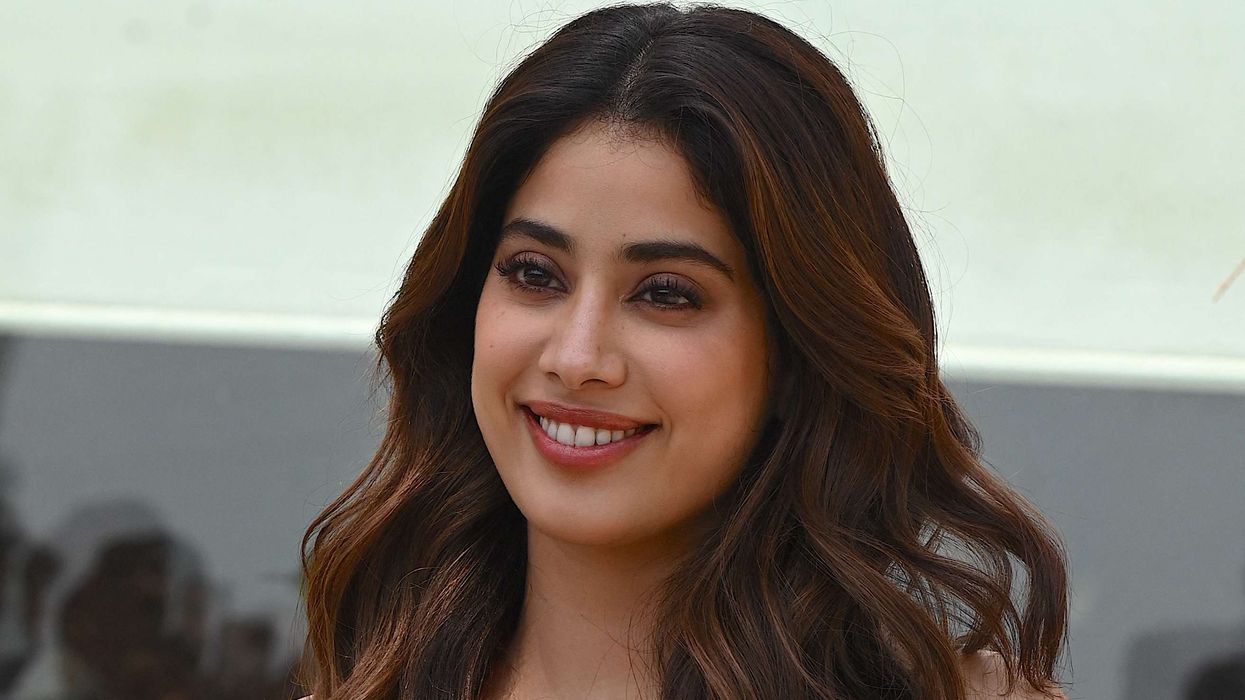by SUNDER KATWALA
Director, British Future
ONE year ago, the government published the Race Disparity audit, the most comprehensive guide yet to what needs to change to deliver equal opportunity in a multi-ethnic society.
Needing to show that momentum was being maintained, the government marked the anniversary with a new Race at Work charter, and began consulting on whether firms should have to report on the ethnic pay gap. Prime minister Theresa May said the goal was “to make sure the UK’s organisations, boardrooms and senior management teams are truly reflective of the workplaces they manage”.
Traditionally, ethnic discrimination has been seen primarily through the lens of its impact on the most socially marginalised. The audit captured how persistent gaps in criminal justice and mental health remain stark. Yet it also showed how the pattern of opportunity and disadvantage in Britain has never been more complex. We now need a broader race equality agenda to match it – able to address exclusion at the bottom, speak to the experiences of most people trying to get a fair return on their efforts at work, and one which now reaches confidently into the boardroom too.
FTSE 100 companies have had ethnic minority chief executives recruited from overseas, yet none has ever promoted a British-born chief executive who is black or Asian to the top job.
The great success story of the last two decades has been in education. The aggregate ethnic penalty in educational attainment has disappeared, while white British outcomes are in the middle of the various groups. Ethnic minority Britons are now a bit more likely than their white British peers to be university graduates.
So, this is a moment of both potential and risk. If progress in education translates into the workplace, it can contribute much to a Great British take-off in the years ahead. Yet if that success gets blocked, the potential will curdle into frustration that the British promise of equal opportunities is not being kept.
The urgency of acting now can be seen from the ‘population pyramid’ of ethnic diversity in the UK. Britain’s ethnic minorities are the youngest and fastest-growing sections of British society. One quarter of school-age children are from ethnic minorities, compared to one in eight of the work force, and one in 16 of those are in senior positions.
Yet these demographics also highlight the problem of simply emulating the measures that have been adopted for gender and applying them to ethnicity if there are significant differences in the dynamics of the challenges in different spheres. If the focus is on reporting a headline “ethnic pay gap” snapshot, that may well generate more heat than light. It could mix up disparities which reflect unfair treatment and barriers to progression with those that result from the demographic generation gap between younger and older workers.
Only investing properly in analysis of recruitment, retention and progression – to illuminate what is happening across the generations, genders and different geographies – could inform the interventions to make change happen.
Whether the government has the bandwidth to make sustained interventions is the challenge. The building blocks are in place with the race disparity audit and the integration green paper, but both risk slipping off a government and political agenda that is more crowded than ever before.
At this year’s Conservative party conference, it sometimes felt as though half of the fringe meetings were about challenging the government for being too soft on Brexit, while many others worried about why the party was struggling to persuade young people that it shared their concerns.
The centrist pitch of the prime minister in Birmingham had many echoes of former prime ministers David Cameron (Conservative) and even Tony Blair (Labour), yet May was coming back to the centre-ground after a more polarising approach had been tried and failed. The theory of the snap 2017 general election was that the Conservative party could turn Britain’s 52-48 per cent division over Brexit into a political realignment, winning votes from Ukip and Labour’s Brexit supporters.
The Conservative problem was that those cast as “citizens of nowhere” were mobilised too. So it lost its majority, suffering significant political damage in university towns, with voters under 45 and ethnic minority voters too. Only being half as likely to win ethnic minority compared to white votes presents an existential challenge to the party.
So, the prime minister’s message is that the Tories would deliver Brexit without being defined by it. That may prove wishful thinking this autumn as the negotiations reach a crunch phase. Our society needs political parties which seek to bridge our deep divisions. The domestic agenda on equal opportunity – including on race – could be a big part of that. If we have to wait until this time next year for the next move, that may be too little, too late.













Race to end workplace bias